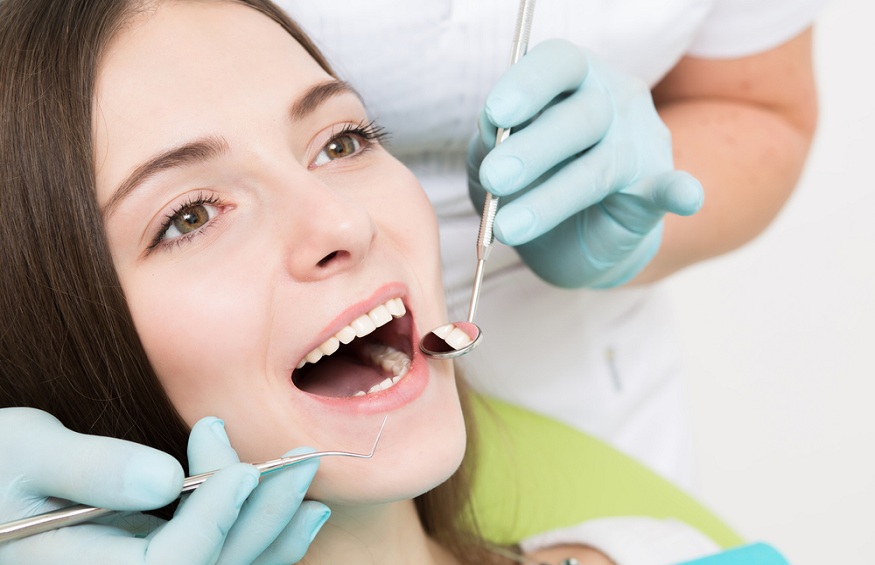The mouth is not isolated from the human body. At the heart of the tooth is the dental pulp. In the dental pulp are the blood vessels and nerves that supply the tooth. Consequently, the tooth is related to all the organs of our body through blood circulation. In the same way, all gingival tissue is vascularized and this vascularization is also linked to the general circulation.
In the event of inflammation or infection at the gingival level or at the level of the teeth, the bacteria which are present in the mouth, a tooth or the gums will be able to spread in the body via the blood circulation and install anywhere in the body.
What is the link between teeth and tendonitis?
This is the first interaction between oral health and general health. You should know that tendinitis can be caused by untreated tooth decay. It is, in fact, the bacteria present at the level of the cavity that will be grafted onto the tendon. Many top athletes are familiar with this phenomenon and have annual checks so as not to jeopardize their sporting season.
Another possible case: the inflammation of a tendon will be maintained by bacteria that settle on a tendon, which is then weakened.
What is the link between teeth and diabetes?
There have been many studies done on diabetes. One of the complications of diabetes is periodontitis, or tooth loss. A diabetic patient is more likely to have tooth loss because they have poorer vascularization in the extremities and also a poorer response to inflammation. It is for this reason that the risk of loosening is increased.
This process works both ways: a diabetic patient who has loose teeth is likely to unbalance blood sugar through the inflammation mediator; this will have an influence on the management of insulin and therefore on the patient’s glycaemia. Some patients have, despite drug treatment for their diabetes, unbalanced blood sugar. The periodontitis is then treated and they regain a balanced blood sugar level; by continuing, of course, to take their medication.
What is the link between teeth and cardiovascular disease?
Infectious endocarditis is an inflammation of the lining of the heart. Bacteria attach themselves to this wall. This can be treated with antibiotics, but you can also die from it. The first bacterial entry point for endocarditis is the mouth. In case of endocarditis, a cardiologist will look if there is not a problem at the oral level. More recent studies have confirmed this interaction: when a patient has periodontitis through so-called “red complex” bacteria, this will promote the deposits of atherosclerotic plaques in the coronaries and also reduce the elasticity of the coronary. As a result, the risk of myocardial infarction increases.
Studies have been done on hemorrhagic strokes. In 20% of these cases, we find these red complex bacteria, responsible for periodontitis.
What is the link between teeth and Alzheimer’s disease?
In some patients, bacteria of the red complex, responsible for periodontitis, have been found. This does not mean that, for strokes or Alzheimer’s disease, periodontitis is responsible, but it is undoubtedly a contributing factor.
What about lung infections?
Finally, lung infections can also have a dental origin. This phenomenon is often found in the elderly, people with numerous untreated cavities and/or gum disease: they will inhale bacteria likely to cause lung infections.
The control visit to a dentist must take place once a year. In the case of chronic pathologies, such as heart disease or diabetes, a biannual consultation should be preferred. During the examination, the dentist will look for cavities or gum disease and treat them if necessary.
Studies have shown that smoking may be one of the highest risk factors in the development of periodontal disease. Smoking increases the chance of developing periodontal disease by 3 to 4 times and may decrease the response to periodontal treatment. Vaping is also harmful. Heat dries the mucous membranes and aggravates cellular stress, increasing the risk of oral cancer.

